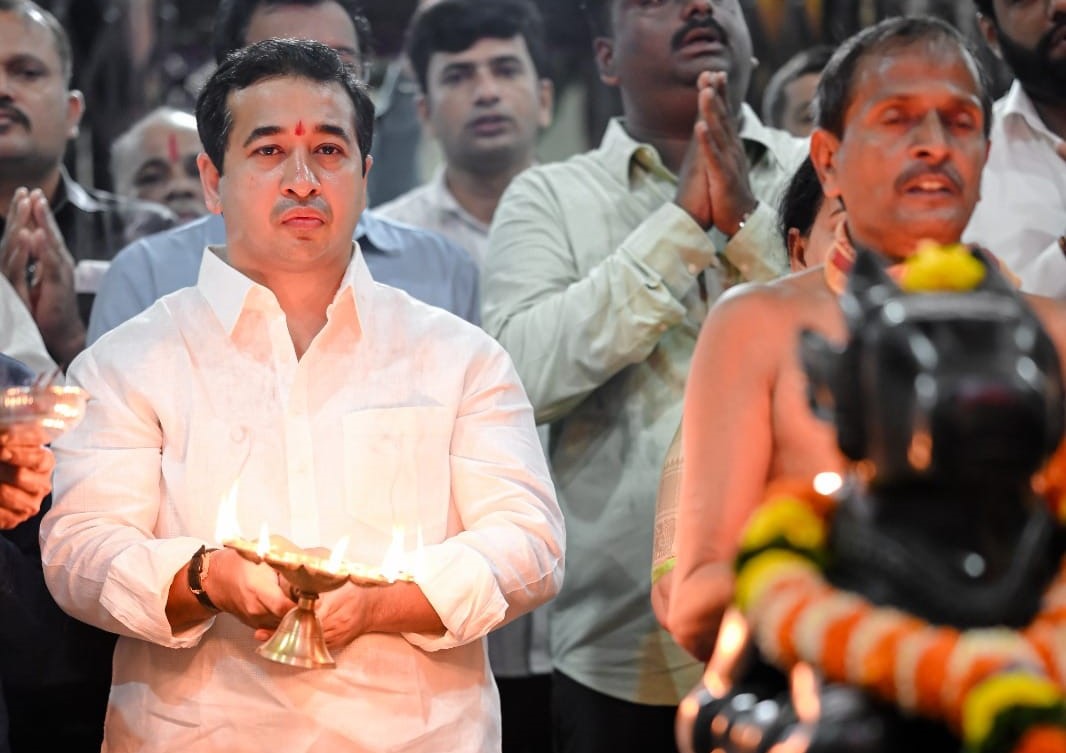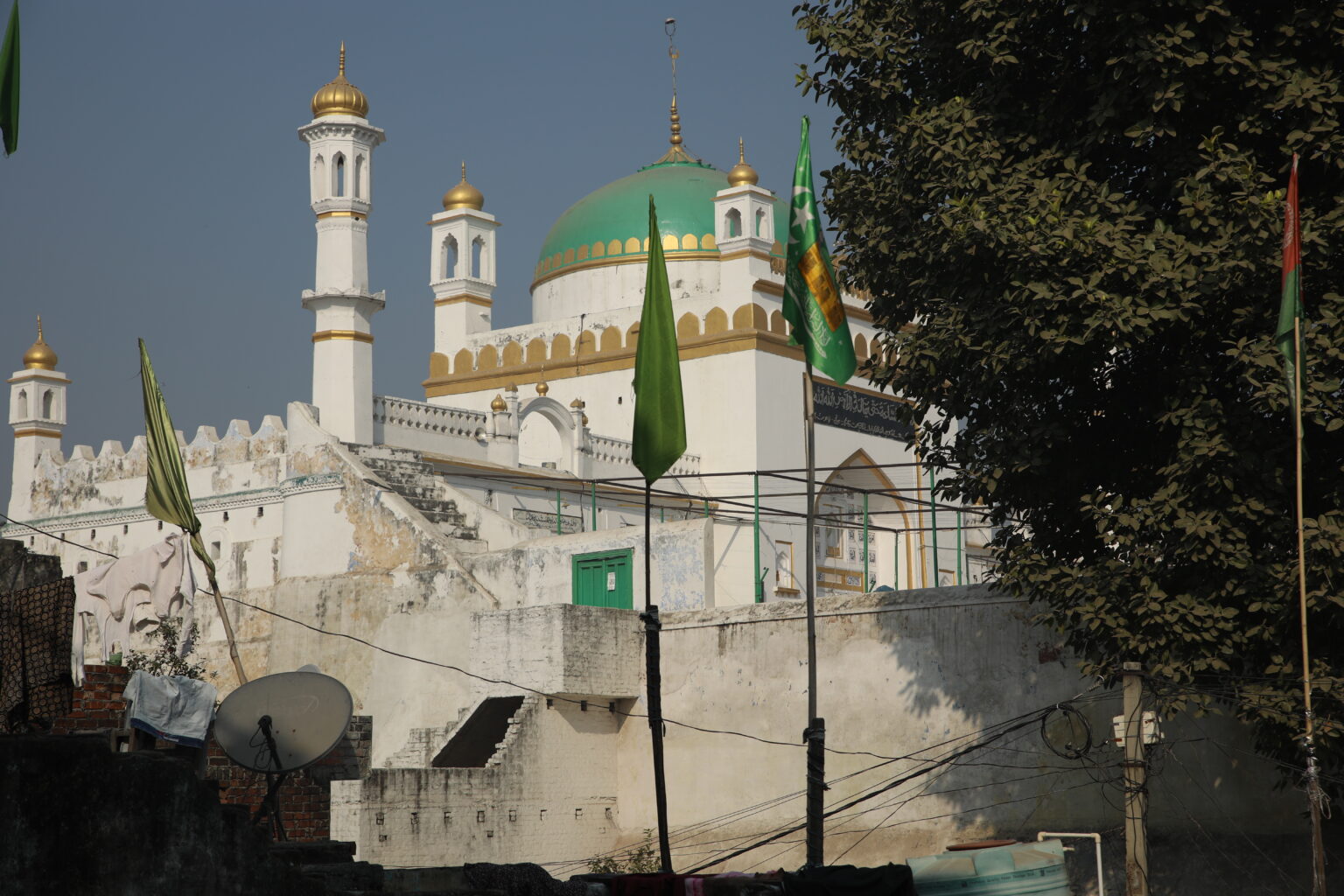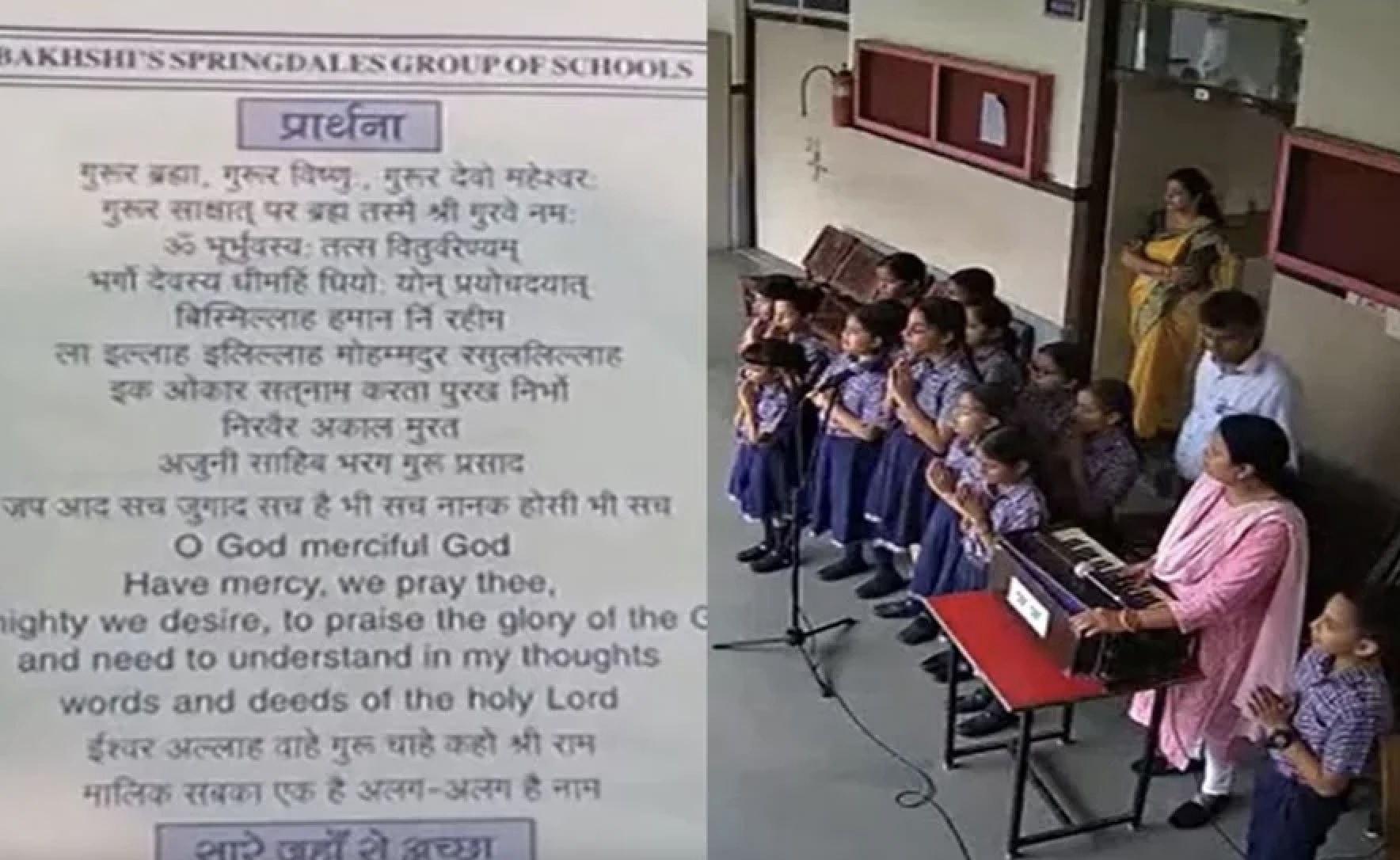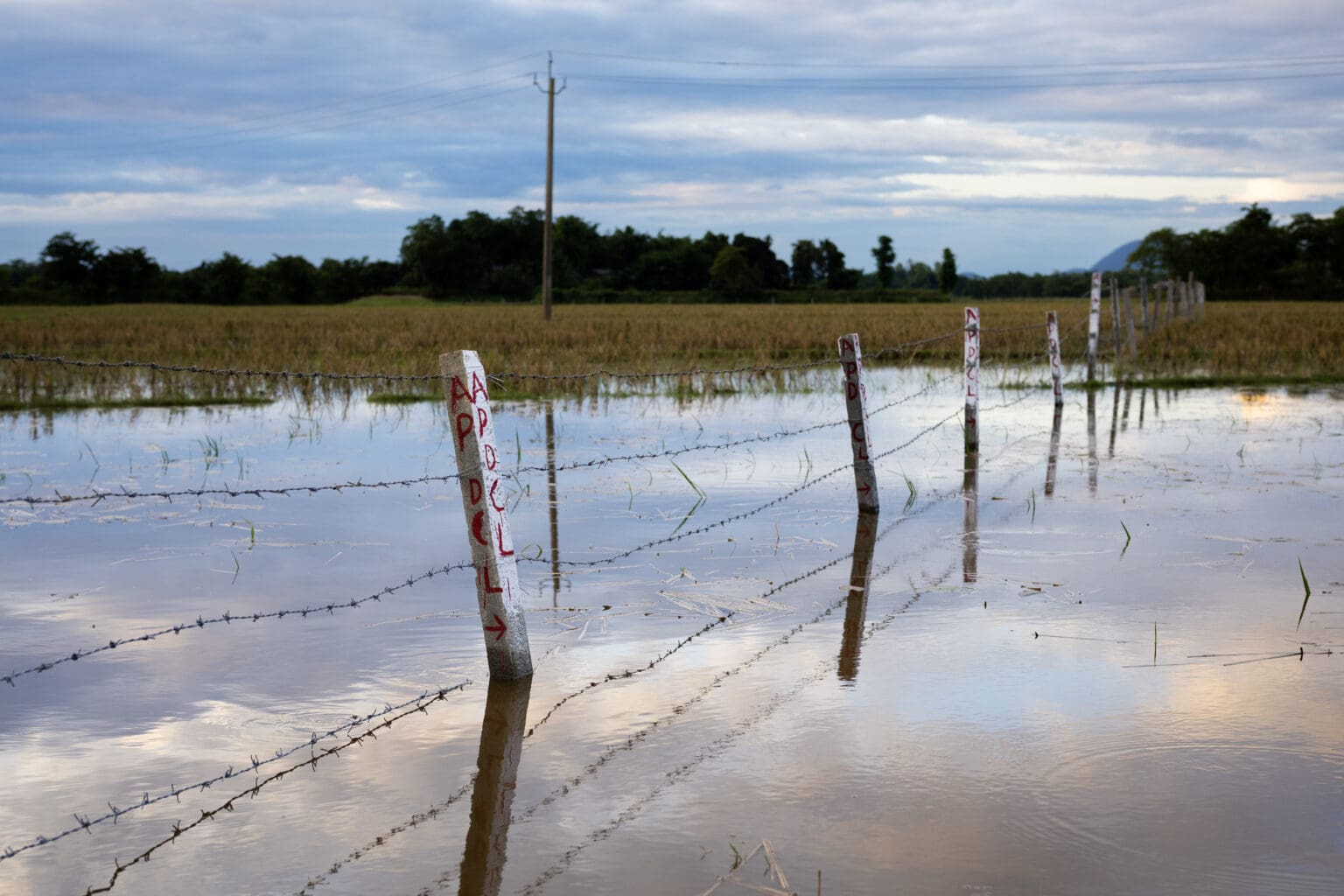
By CKLAL
The founder and editor-in-chief of web portal theprint (Disclosure: I am an occasional contributor to the media), Shekhar Gupta proudly describes himself as a practitioner of ‘non-hyphenated journalism’. A battle-hardened warhorse of the profession, perhaps he has played some part, seen quite a bit and heard it all to remain wedded to the ideals of independent journalism.
After all, it’s possible for a journalist to be non-partisan to a certain extent, but only a hobbyist can practice the craft without any attachment to an idea, a belief or an institution for a long period. But there comes a point when even a hardcore pragmatist with over four decades on the frontlines of journalism has to begin casting doubts on the authoritative versions rather than continue giving the powers that be the benefit of the doubt.
It has taken the mal-governance of ‘Modian’ proportions to shake Shekhar out of the ‘accuracy, balance and clarity’ stupor of classical journalism. His pinned tweet on the micro-blogging site till April 26, 2021, read: ‘…never has India seen a Govt missing in action like this. No control rooms to call, nobody accountable to reach. It’s a governance rout.’
Considering that the government in New Delhi has been using its considerable clout upon Twitter to remove critical posts, the axe of commercial interests falling upon the ‘governance rout’ phrase can’t be ruled out. But it’s an apt description of ground realities in India.
Where the redoubtable journalist and his ilk in the Indian media and intelligentsia had gone wrong, however, was in their expectation that a Hindutva government will do anything different from what it has been doing since coming to power in 2014 and capturing the State in 2019 on a nakedly majoritarian platform.
The idea of India, which has been in the making since Jawaharlal Nehru’s ‘tryst with destiny’ speech in 1947, began to unravel with the enthronement of Prime Minister Narendra Modi in 2014. It got momentum after Modi succeeded in obtaining public support for the biggest attack on the right to property by an executive authority in human history with his demonetisation drive.
Even a cursory examination of the electoral promises that Bhartiya Janata Party (BJP) made would show that poverty, public health and education was never very high on its priority list. They promised Ram Mandir at the site where the Babri Masjid was demolished and the foundation of the temple has already been laid with much fanfare.
Abrogation of Article 370 to demean a constituent unit of the Indian Union with a constitutional identity—the erstwhile State of Jammu and Kashmir—has been on the wish list of Hindutva forces since the 1950s. That has already been achieved with a roar of approval from the Indian Hindu middle-class.
Establishing unchallenged dominance of Hindus over Indian polity, society, culture and economy is the next on the agenda. Constitutional instruments such as the Citizenship Amendment Act (CAA) and the National Register of Citizens (NRC) would help achieve the goals of institutionalising Hindu Rashtra in letter and spirit.
Chaotic transition
In the process of dismantling the foundational faiths of the ‘Nehruvian’ model, such as civil liberties, constitutional supremacy, parliamentary system, federal structure, diversity, secularism, non-alignment and economic planning, Modi has hurled the most populous democracy of the world into the abyss of an illiberal order.
When India celebrates the 74th anniversary of its independence, it bears remembering that the Rashtriya Swayamsevak Sangh (RSS), the parent organisation of BJP, had little if any role in the freedom struggle. Many of its luminaries are alleged to have been ‘collaborators’ of the British. One of the adherents of its ideology killed Mahatma Gandhi, a global icon of peace and revered as the Father of the Nation by a significant section of the Indian population.
In order to redeem itself, the BJP had to invent, appropriate and promote new icons. It re-imagined warrior-prince Rama of Ayodhya as different from that of Gandhi’s formulation of a just state—the Ram Rajya. Sardar Vallavbhai Patel was appropriated to stand for the unitary identity of Hindu Rashtra as an ‘iron man’.
The rhetoric of vikas that Modi hawked on the way to his first term was taken straight from the neoliberal vocabulary and was a catchy term for what is often called the political economy of prosperity. Prosperity, however, comes from the combined efforts of citizens in a democracy that have a stake in its shared destiny. A ‘divider-in-chief’ is extremely unlikely to keep the peace and prepare the ground for sustainable development.
The structure of the Hindu Rashtra is gradually being erected in what was once a somewhat raucous and yet thriving democracy with the largest number of voters in the world—over 600 million out of eligible 900 million in 2019—exercising their franchise at regular intervals. Such an impressive turnout at the polls have succeeded in introducing what appears like an ‘elected autocracy’.
Constitutional supremacy has fallen prey to the brute majority of the ruling party in the lower house of the parliament. The regime in New Delhi has nibbled away the powers of provincial governments and the idea of different levels of government exercising independent authority has been severely undermined.
The policy paralysis resulting from Hindutva zealotry in New Delhi is a symptom of the majoritarian ethnonationalism that the pandemic has exposed. The disease of misusing popular legitimacy to destroy the republic has deep roots in religious orders. Well-meaning friends of India, including China and Pakistan, can help alleviate the pains, but only its citizenry can re-establish the vibrancy of democracy that its founders had imagined in the ‘idea of India’ once the pandemic has passed.
Truncated template
The health of democracy in India is important not only for its own multitudes, but also as an example for the developing world that it’s possible to exercise fundamental freedoms under a constitutional order and maintain diversity without yielding to the majoritarian impulses of the dominant ethnonational group. Such a dream has begun to die.
If the inflexion point was 2014 in India, it was 2015 in Nepal. The 16-point conspiracy that was hatched to de-legitimise the Maoist insurrection and Madhesh Uprisings seems to be patterned after the majoritarian politics of Hindutva in India. The difference between Hindutva jingoism and Khas-Arya ethnonationalism is a matter of detail rather than that of essence. An affinity to authoritarianism in the name of stability and attachment to xenophobia under the pretext of national independence is common to both forms of demagogic populism.
Little wonder, Prime Minister KP Sharma Oli fancies himself as Prime Minister Modi in miniature. Modi had inaugurated the tallest statue in the world, Sharma Oli had to satisfy himself with the erection of lesser proportions in the form of a view-tower of hubris at the centre of the capital city.
Each one of the strongmen has their own Rams; Modi’s Ayodhya is on a stream of Sarayu river and Sharma Oli has found his own at Madi in the floodplains of Gandak. There is one crucial difference: a critical examination of Modi in the Indian media is scarce while ridicule of Sharma Oli is so commonplace in Nepal that the Khas-Arya Chieftain has begun to treat every brickbat as a trophy of his ethno-nationalist achievements. There is no end in sight of this long night in the neighbourhood.
This story first appeared on kathmandupost.com






